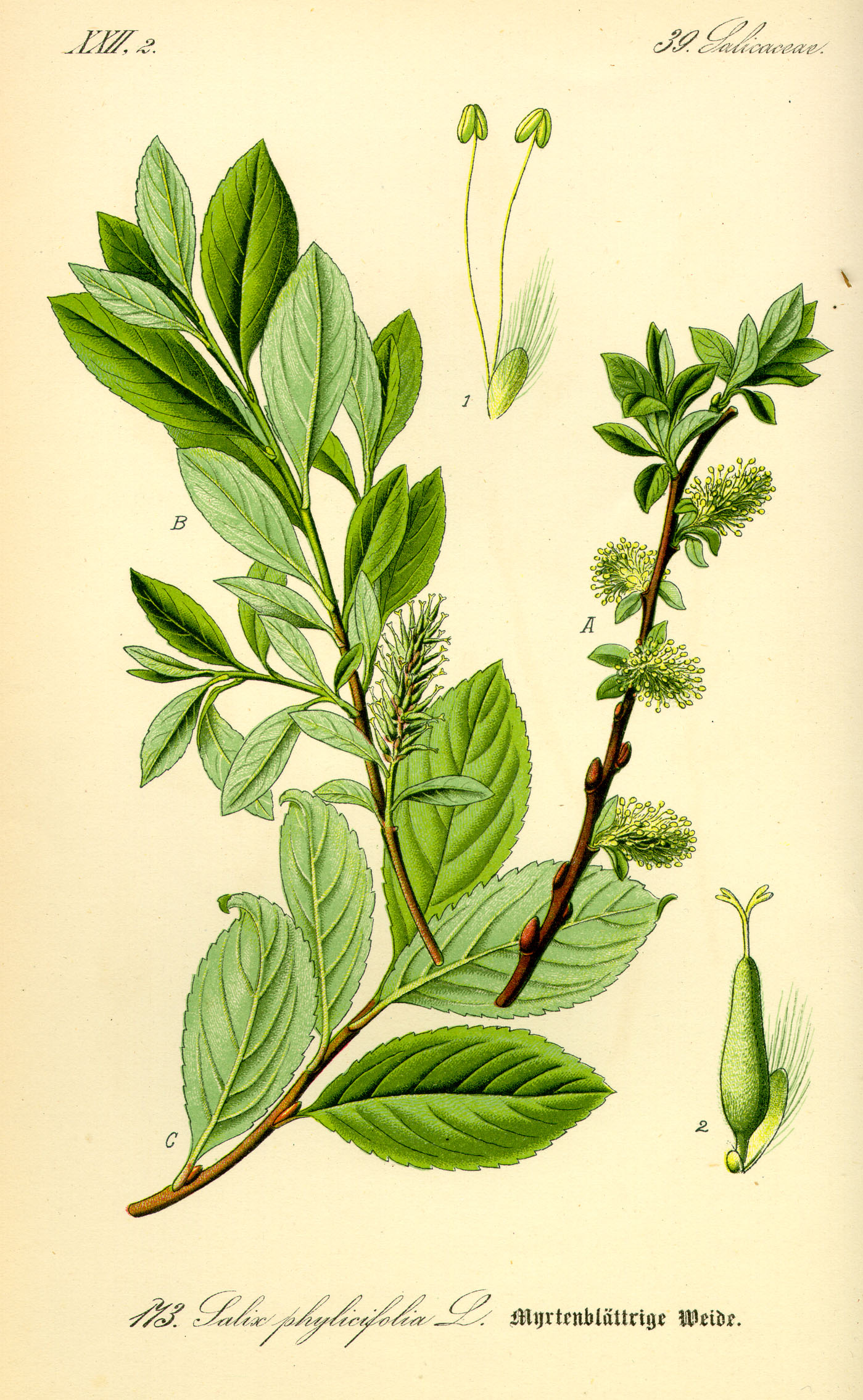Salix Alba Tristis Wikipedia / Salix Alba Wikipedia / It was brought to the u.s.
Salix Alba Tristis Wikipedia / Salix Alba Wikipedia / It was brought to the u.s.. It is now rare in cultivation and has been largely replaced by salix x sepulcralis 'chrysocoma'. Una variedá ornamental ye'l dsalgueru murniu s. Portland nursery carries the tree form. More information at the woody plants database website: Salix alba 'tristis' im winter.jpg 5,616 × 3,744;
This list of latin and greek words commonly used in systematic names is intended to help those unfamiliar with classical languages to understand and remember the scientific names of organisms. In the 1700s by european settlers and has since escaped and naturalized in many parts of north america. It is now rare in cultivation and has been largely replaced by salix x sepulcralis 'chrysocoma'. Brought to the us from its native locations, it has taken off and has naturalized in many us locations. Portland nursery carries the tree form.

Portland nursery carries the tree form.
Salix × sepulcralis 'tristis' salix × sepulcralis 'tristis' salix × sepulcralis 'tristis' salix × sepulcralis 'tristis' weeping willow at weinheim, germany. Willows, also called sallows and osiers, form the genus salix, are around 400 species of deciduous trees and shrubs, found primarily on moist soils in cold and temperate regions of the northern hemisphere. Gold twisting branches & curly green leaves that turn gold before falling off in autumn. Portland nursery carries the tree form. It has a growth habit similar to wisconsin weeping willow, and reaches a height of 50 to 75 feet tall and wide. Salix alba, commonly called white willow, is native to europe, central asia and northern africa. Brought to the us from its native locations, it has taken off and has naturalized in many us locations. It was brought to the u.s. It is now rare in cultivation and has been largely replaced by salix x sepulcralis 'chrysocoma'. Salix alba × salix babylonica; It is an artificial hybrid between s. From wikipedia, the free encyclopedia salix × sepulcralis 'chrysocoma', or weeping golden willow, is the most popular and widely grown weeping tree in the warm temperate regions of the world. Weeping willow salix × sepulcralis.
It is now rare in cultivation and has been largely replaced by salix x sepulcralis 'chrysocoma'. Epítetu llatín que significa blanca. Una variedá ornamental ye'l dsalgueru murniu s. The tree has smooth golden bark and produces a canopy of graceful golden weeping branches making it a striking addition to the landscape. Salix alba 'tristis' x salix matsudana 'tortuosa':

In the 1700s by european settlers and has since escaped and naturalized in many parts of north america.
It was brought to the u.s. Golden weeping willow is a cultivar with bright yellow twigs and an attractive weeping form. The tree has smooth golden bark and produces a canopy of graceful golden weeping branches making it a striking addition to the landscape. This list of latin and greek words commonly used in systematic names is intended to help those unfamiliar with classical languages to understand and remember the scientific names of organisms. Una variedá ornamental ye'l dsalgueru murniu s. It is now rare in cultivation and has been largely replaced by salix x sepulcralis 'chrysocoma'. The binomial nomenclature used for animals and plants is largely derived from latin and greek words, as are some of the names used for higher taxa, such as orders and above. It is an artificial hybrid between s. Gold twisting branches & curly green leaves that turn gold before falling off in autumn. Brought to the us from its native locations, it has taken off and has naturalized in many us locations. 9.85 mb salix alba (7416553382).jpg 1,280 × 848; Salix alba 'tristis' common name(s): Salix × sepulcralis 'tristis' salix × sepulcralis 'tristis' salix × sepulcralis 'tristis' salix × sepulcralis 'tristis' weeping willow at weinheim, germany.
The binomial nomenclature used for animals and plants is largely derived from latin and greek words, as are some of the names used for higher taxa, such as orders and above. A popular golden weeping willow, salix alba 'tristis' is a large deciduous tree boasting a stout trunk topped by a graceful open crown of pendulous, brilliant yellow twigs that kiss the ground. It is an artificial hybrid between s. The tree has smooth golden bark and produces a canopy of graceful golden weeping branches making it a striking addition to the landscape. This list of latin and greek words commonly used in systematic names is intended to help those unfamiliar with classical languages to understand and remember the scientific names of organisms.

It is now rare in cultivation and has been largely replaced by salix x sepulcralis 'chrysocoma'.
Nome xenéricu llatín pal salgueru, les sos cañes y madera. 9.85 mb salix alba (7416553382).jpg 1,280 × 848; It is now rare in cultivation and has been largely replaced by salix x sepulcralis 'chrysocoma'. Una variedá ornamental ye'l dsalgueru murniu s. Salix alba, commonly called white willow, is native to europe, central asia and northern africa. Salix alba 'tristis' im winter.jpg 5,616 × 3,744; Portland nursery carries the tree form. Salix × sepulcralis 'tristis' salix × sepulcralis 'tristis' salix × sepulcralis 'tristis' salix × sepulcralis 'tristis' weeping willow at weinheim, germany. It is an artificial hybrid between s. This list of latin and greek words commonly used in systematic names is intended to help those unfamiliar with classical languages to understand and remember the scientific names of organisms. Brought to the us from its native locations, it has taken off and has naturalized in many us locations. A popular golden weeping willow, salix alba 'tristis' is a large deciduous tree boasting a stout trunk topped by a graceful open crown of pendulous, brilliant yellow twigs that kiss the ground. Salix alba 'tristis' common name(s):
Komentar
Posting Komentar